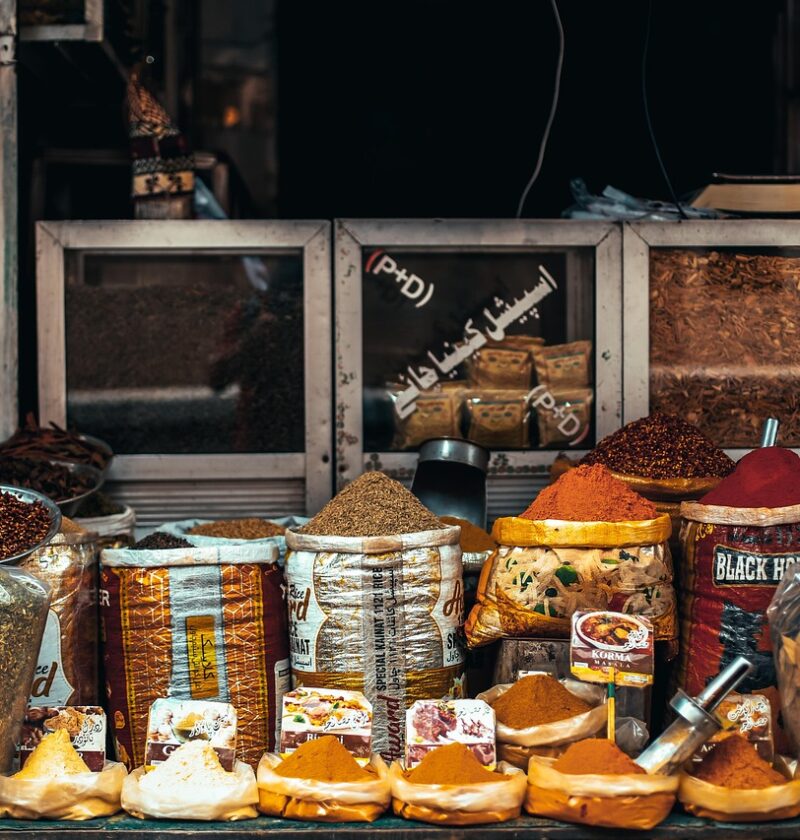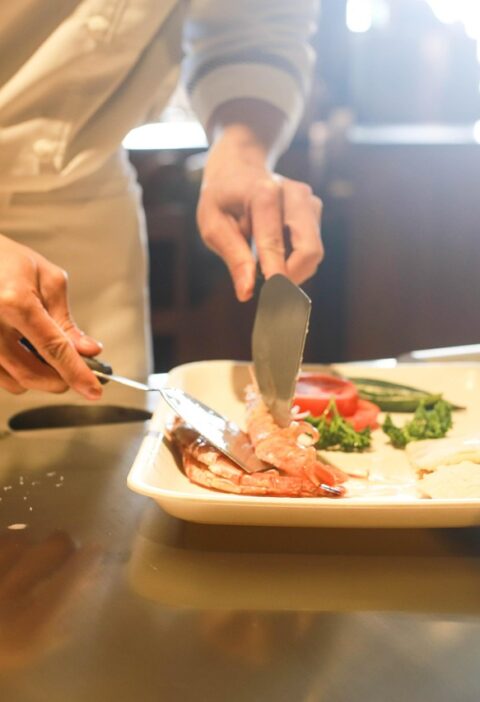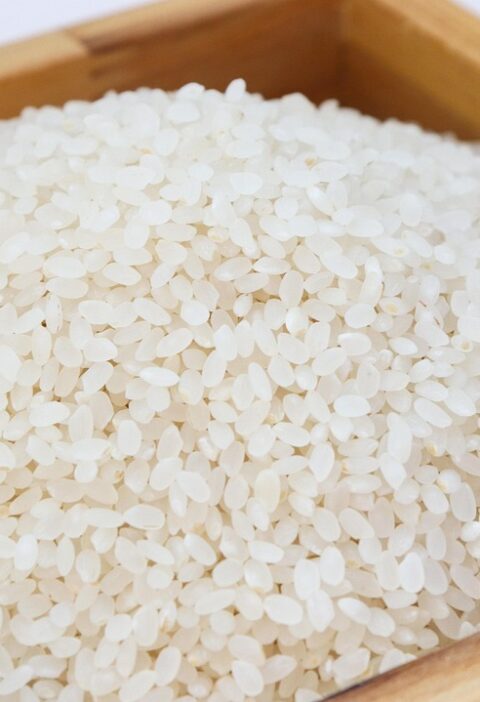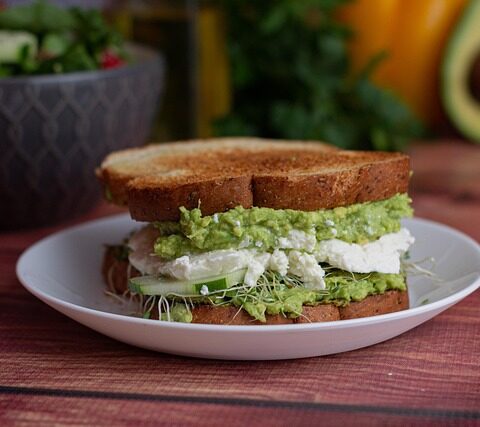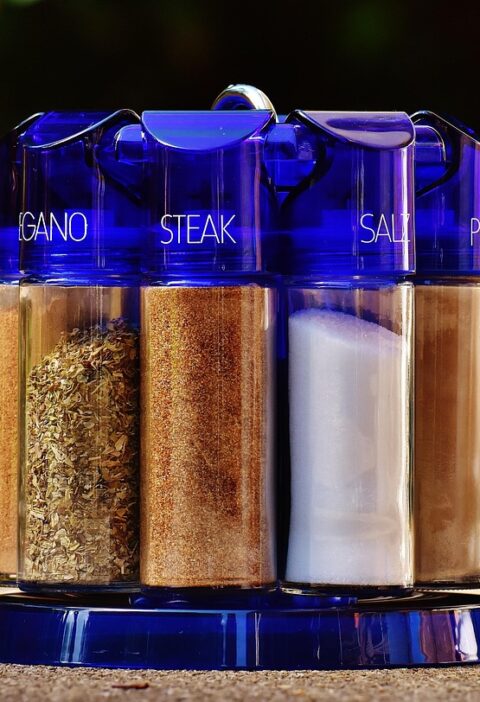Introduction: The Spices That Changed the World
When you sprinkle cinnamon on your French toast, add a pinch of pepper to your soup, or smell the sweet warmth of cloves during Christmas, it’s easy to forget that these everyday spices once carried the weight of empires.
Years ago, cinnamon, pepper, and cloves weren’t only flavorings, they were treasures worth fighting wars for. They were as valuable as gold and silver, and they changed how people traveled, traded, and even governed. In this blog, we will talk about How Cinnamon, Pepper, & Cloves Change the World Trade.
This is the fascinating story of how three small spices shaped world trade, built fortunes, and even redrew maps.
Why Were Spices So Valuable?
Before refrigeration, spices were more than taste enhancers. They were lifesavers.
For preservation, Pepper and cloves were used to preserve meat and keep it from rotting in hot climates.
For medicine, Cinnamon was believed to cure coughs, digestive problems, and even act as an aphrodisiac.
Having spices on your table meant you were rich. Serving spiced food was like driving a luxury car today. It stands for luxury and status.
It is a Mystery. The Europeans didn’t know exactly where these spices came from, which added to their allure and inflated their value.
Spices stand as a symbol of power, wealth, and survival, not only about flavor.
Cinnamon
What is Cinnamon?
Cinnamon is a spice that comes from the inner bark of certain trees, primarily from the genus Cinnamomum. The most valued and classic variety of cinnamon comes from Cinnamomum verum, commonly known as “true cinnamon” or Ceylon cinnamon.
The Botanical Side: How Cinnamon is Made
To understand cinnamon’s origin, it helps to know how it is produced:
Harvesting the Bark: Farmers cut small branches or stems from the cinnamon tree. They then scrape off the outer bark to reveal the inner bark beneath.
Peeling: The inner bark is carefully peeled off in long strips. This bark is very thin and fragile.
Drying: Once peeled, the strips of bark curl naturally as they dry, forming the cinnamon sticks we recognize.
Grinding: The dried sticks can be ground into a fine powder, which is the common form used in cooking and baking today.
Early History and Ancient Uses
Cinnamon’s history stretches back thousands of years, making it one of the oldest spices known to humanity. Its origins are deeply tied to the regions of Sri Lanka and southern India, where the trees grow naturally. For thousands of years, it was traded across the Indian Ocean.
The ancient Egyptians used cinnamon in mummification rituals, while the Romans utilized it in perfumes and wines. During the Middle Ages in Europe, it was so rare that only kings and nobles could afford it.
Ancient Egypt (Around 2000 BCE and Earlier)
The ancient Egyptians valued cinnamon highly. It was not only used as a flavoring but also had sacred and ceremonial importance. They used cinnamon in their embalming process for mummification, believing its fragrant and preservative qualities could help preserve the bodies of their dead. Cinnamon was also burned as incense in religious rituals to please their gods and was even an ingredient in medicinal recipes.
Ancient China
Chinese historical records mention cinnamon as far back as 2800 BCE, where it was used both as a spice and medicine. Traditional Chinese medicine prized cinnamon for its warming properties, using it to treat ailments such as colds, indigestion, and menstrual cramps.
Ancient India and Ayurveda
In India, cinnamon has been an essential part of the traditional healing system known as Ayurveda for thousands of years. It was believed to improve digestion, stimulate appetite, and enhance circulation. Indian traders also played a significant role in bringing cinnamon from its native lands to other parts of Asia and beyond.
Cinnamon’s Role in Ancient Trade
Cinnamon’s allure was not only in its taste and smell; it was extremely rare and valuable. This made it a highly sought-after commodity in ancient trade.
The Indian Ocean Trade Routes
The spice was initially traded along the ancient maritime routes across the Indian Ocean. Merchants from India and Sri Lanka transported cinnamon to ports in the Middle East, Africa, and the Mediterranean.
Because the exact source of cinnamon was a closely guarded secret, traders often told fantastic stories about how cinnamon was harvested, sometimes involving mythical animals or magical forests, to keep the true origin hidden and protect their lucrative monopoly.
The Middle East and the Roman Empire
By the time of the Roman Empire (around 1st century BCE to 5th century CE), cinnamon had become a prized luxury. The Romans imported cinnamon mainly from Arabia and India, using it to perfume their homes, flavor their wines, and incorporate it into medicines and embalming formulas. Cinnamon was so valuable that it was often listed as expensive as gold.
Romans considered cinnamon a symbol of status and wealth, often gifting it to important leaders and dignitaries. It was used in religious ceremonies and lavish banquets, underscoring its importance in society.
Medieval Europe and Cinnamon’s Prestige
As centuries passed, cinnamon retained its reputation as a rare and exotic spice in Europe.
The Middle Ages (5th to 15th Century)
During the Middle Ages, European access to cinnamon was limited because of the long and complicated trade routes controlled by Arab and Venetian merchants. Because of this scarcity, cinnamon was extremely expensive, so much so that only royalty, nobility, and the very wealthy could afford it.
Monasteries and noble courts would use cinnamon in their kitchens to add flavor to their elaborate feasts. It was also used in medicine to treat various illnesses. The wealthy sprinkled cinnamon on meat dishes, fruit preserves, and even drinks, elevating their status through the use of this precious spice.
How Cinnamon Changed the World
The story of cinnamon is closely tied to the history of global exploration and colonization.
The Portuguese and the Spice Trade
In the late 15th and early 16th centuries, European powers began searching for direct sea routes to the spice-producing regions of Asia. Portuguese explorers, led by Vasco da Gama, reached India and Sri Lanka by sea, breaking the Arab and Venetian hold on the spice trade.
The Portuguese established forts and trading posts in Sri Lanka, securing direct access to cinnamon. This allowed them to control the spice’s supply and profit enormously from its trade.
The Dutch and British Takeover
Later, in the 17th century, the Dutch East India Company ousted the Portuguese and took control of the cinnamon-producing areas in Sri Lanka. They maintained a strict monopoly, even destroying wild cinnamon trees outside their controlled areas to keep prices high.
Eventually, the British took over Sri Lanka in the late 18th century, and cinnamon production expanded further. The British helped modernize and commercialize cinnamon cultivation, making it more widely available around the world.
Cinnamon Today is more than a Spice. Cinnamon is a common household spice, but its uses go far beyond flavoring food.
Culinary Uses
Cinnamon is a staple in both sweet and savory dishes worldwide. It flavors baked goods like cinnamon rolls, cookies, and cakes, but it’s also used in curries, stews, and even drinks like mulled wine and chai tea.
The Medicinal Uses of Cinnamon
Modern research has confirmed some of cinnamon’s traditional health benefits. It contains antioxidants and has anti-inflammatory properties. People use cinnamon supplements to help regulate blood sugar and improve digestion, though more research is needed for conclusive medical advice.
Cultural and Spiritual Uses
Cinnamon is still used in spiritual rituals, incense, and traditional ceremonies across many cultures, continuing its ancient legacy as a sacred and special substance. True cinnamon (Ceylon cinnamon) is different from the more common Cassia cinnamon, which comes from a related species and is cheaper but has a stronger, more powerful flavor.
Cinnamon sticks are actually rolled layers of bark from the cinnamon tree. Because cinnamon was so rare, myths arose about how it was harvested. Some stories say that wild birds guarded the cinnamon trees fiercely.
The word “cinnamon” comes from the Greek word kinnámōmon, which itself likely comes from a Semitic root.
From its humble beginnings as a tree bark in Sri Lanka and southern India, cinnamon has traveled through thousands of years of human history, influencing cultures, economies, and cuisines across the globe. It was once so rare and valuable that only kings and nobles could afford it. It was used in sacred rituals, medicine, and luxurious feasts.
Cinnamon’s story is a beautiful example of how a simple natural product can become a treasured commodity, shaping trade routes, sparking exploration, and becoming woven into the very fabric of human culture.
Myths Around Cinnamon
For a long time, cinnamon’s origins were a mystery. Traders invented stories to protect their monopoly. Some said cinnamon was collected from the nests of giant birds, and others claimed it grew in dangerous swamps guarded by deadly snakes.
This secrecy allowed spice merchants to keep prices high.
Cinnamon’s Impact on Trade
Venice became Europe’s main entry point for cinnamon during the Middle Ages. The Portuguese later seized Sri Lanka in the 16th century to control cinnamon production. Dutch colonizers fought to dominate Sri Lanka’s cinnamon industry, leading to bloody colonial battles. In fact, Cinnamon was worth fighting for.
Pepper – The King of Spices
Why Pepper Was So Popular
Pepper, native to India’s Malabar Coast, became the most traded spice in the world. It preserved food, added flavor, and was versatile. By the 15th century, pepper was Europe’s obsession.
Pepper as Currency
In some parts of Europe, peppercorns were used like money. You could pay rent or settle debts with pepper. This is where the term “peppercorn rent” comes from.
The Pepper Trade and Exploration
Venice controlled the pepper trade in Europe for centuries. Prices were so high, sometimes worth more than gold per weight. This greed for pepper led explorers like Vasco da Gama to sail around Africa to reach India directly, bypassing Arab and Venetian middlemen. Pepper is it only to spice food, it sparked the Age of Exploration.
Cloves – The Fragrant Treasure
Origins of Cloves
Cloves are dried flower buds from trees native to the Maluku Islands (Indonesia), also called the Spice Islands.
Cultural Significance
In China, as early as 200 BCE, people chewed cloves to freshen their breath before speaking to the Emperor.
In the Middle East, cloves were prized for their medicinal properties.
In Europe, cloves became a luxury item, often used in holiday dishes and mulled wine.
The Dutch and the Clove Monopoly.
The Dutch East India Company (VOC) was ruthless in its bid to control the clove trade. They enforced a brutal policy of destroying clove trees outside their territory to maintain monopoly pricing.
Cloves, like cinnamon and pepper, are more than flavors; they are tied to colonial exploitation and global trade wars.
The Spice Routes
Land Routes (Silk Road)
For centuries, spices traveled overland from Asia to Europe through the Silk Road, passing through Arabia, Persia, and the Mediterranean.
Sea Routes (Indian Ocean Trade)
Arab traders mastered monsoon winds to move spices by sea. The spice trade linked Asia, the Middle East, and Africa long before Europeans joined the game.
The European Takeover.
Portuguese: First to sail directly to India (1498).
Dutch: Dominated Southeast Asia’s spice islands with the VOC.
British: Later established dominance in India and beyond.
Spice routes were the internet highways of their time, connecting cultures, spreading religion, and building economies.
Colonies and Power
Spices were so valuable that nations fought over them.
The Portuguese seized Goa, Sri Lanka, and Malacca to control the spice trade routes.
The Dutch clashed with the Portuguese to dominate Indonesia’s Spice Islands.
The British later overpowered both, using India as their base of operations.
Colonialism as we know it today was partly fueled by the hunger for spices. Cinnamon, pepper, and cloves weren’t just kitchen ingredients; they were the reason for centuries of global conflict.
The Decline of the Spice Monopoly
By the 18th and 19th centuries, spices became more widely available. New colonies and plantations broke monopolies. Improved shipping made spices cheaper. The local farming spread spices across the world. What was once worth fighting for became affordable for the common person.
Spices in Today’s World
Today, cinnamon, pepper, and cloves are everywhere. They’re not luxury items anymore, but they still play a big role:
Culinary Use: From curries to cakes, these spices are staples.
Medicinal Use: Cinnamon for blood sugar, pepper for digestion, and cloves for toothaches.
Cultural Use: Holiday traditions, religious rituals, and natural remedies. They may no longer drive empires, but their influence continues.
Conclusion
Cinnamon, pepper, and cloves prove that small things can shape big histories. They sparked voyages, funded empires, and changed diets forever.
So the next time you grind pepper on your pasta, remember: that little pinch once changed.

